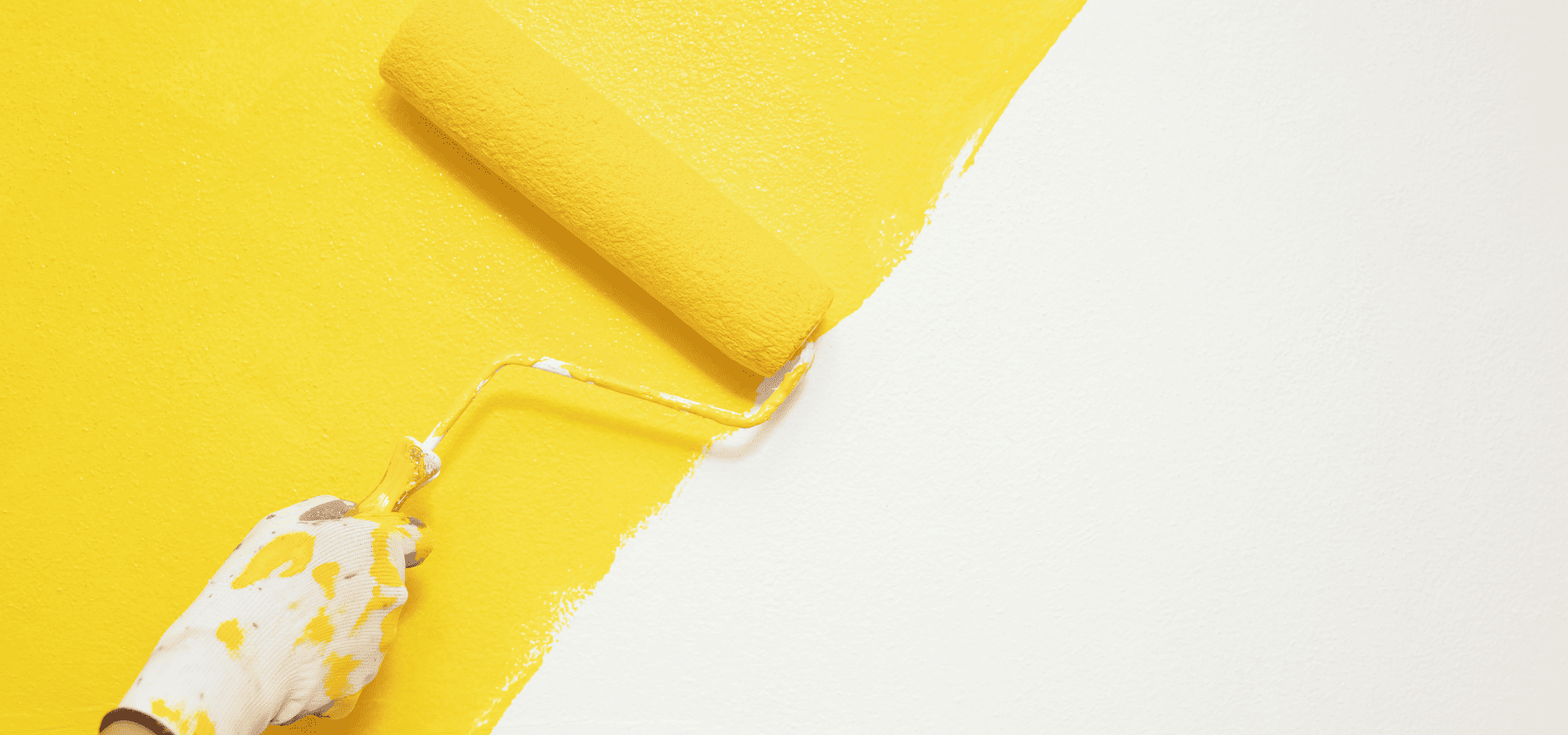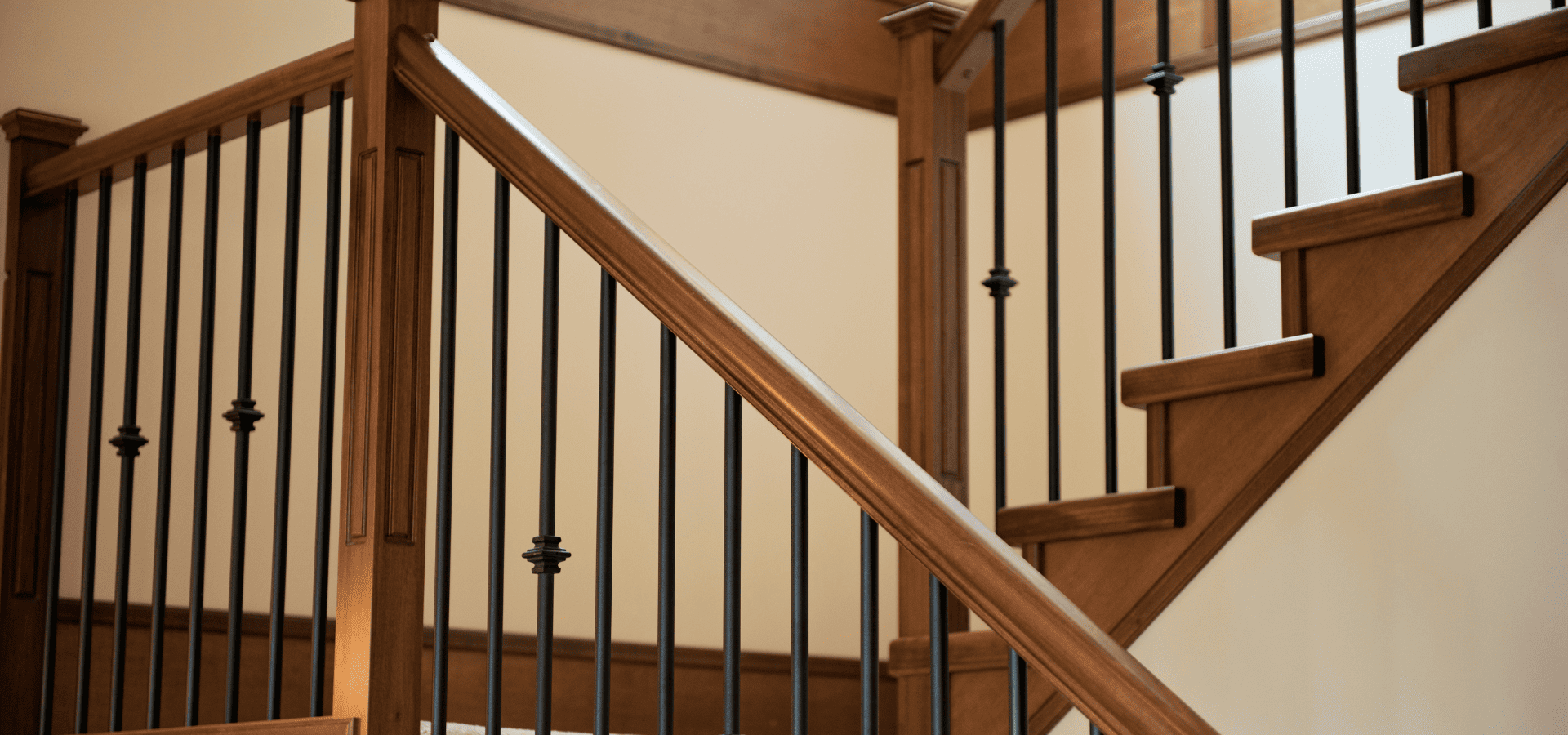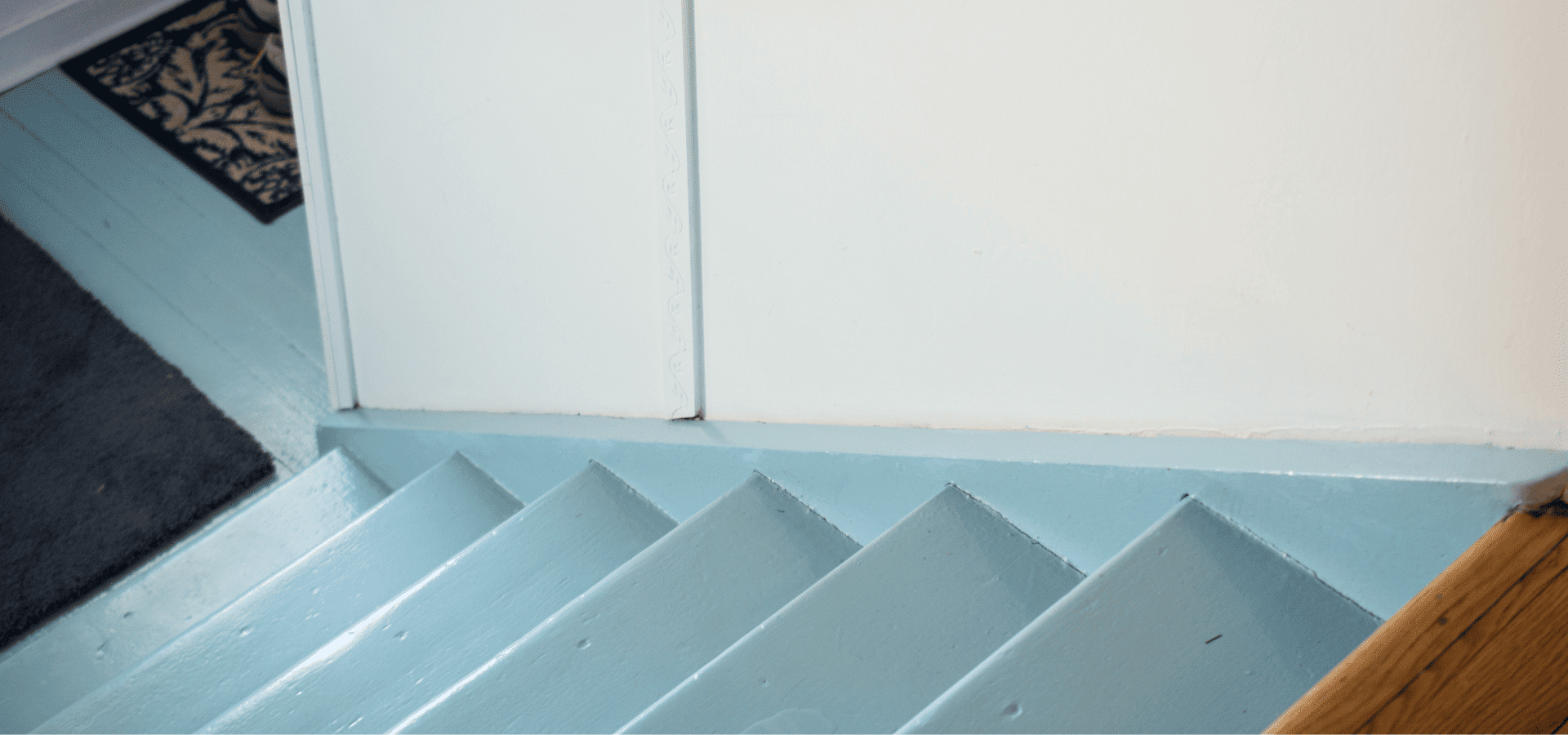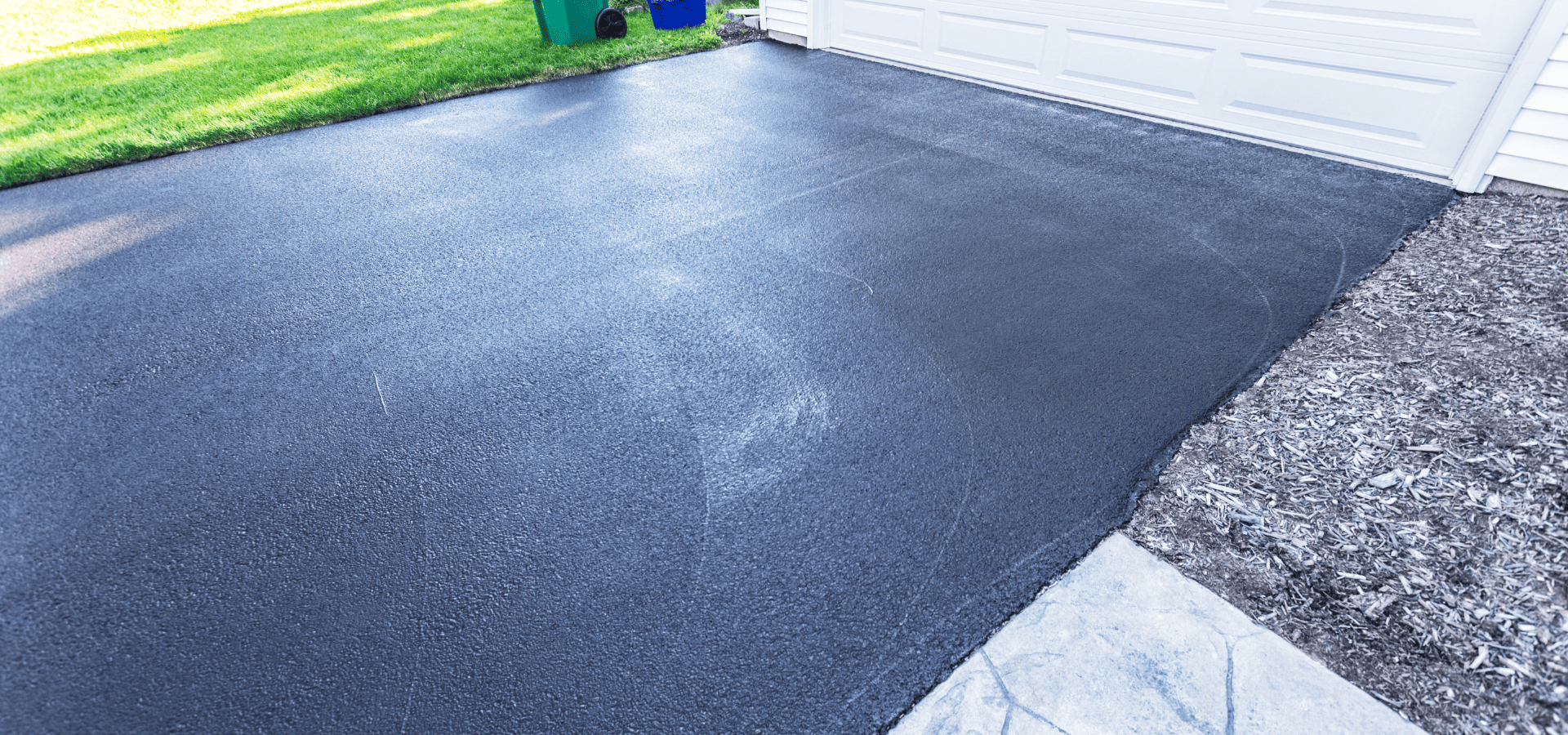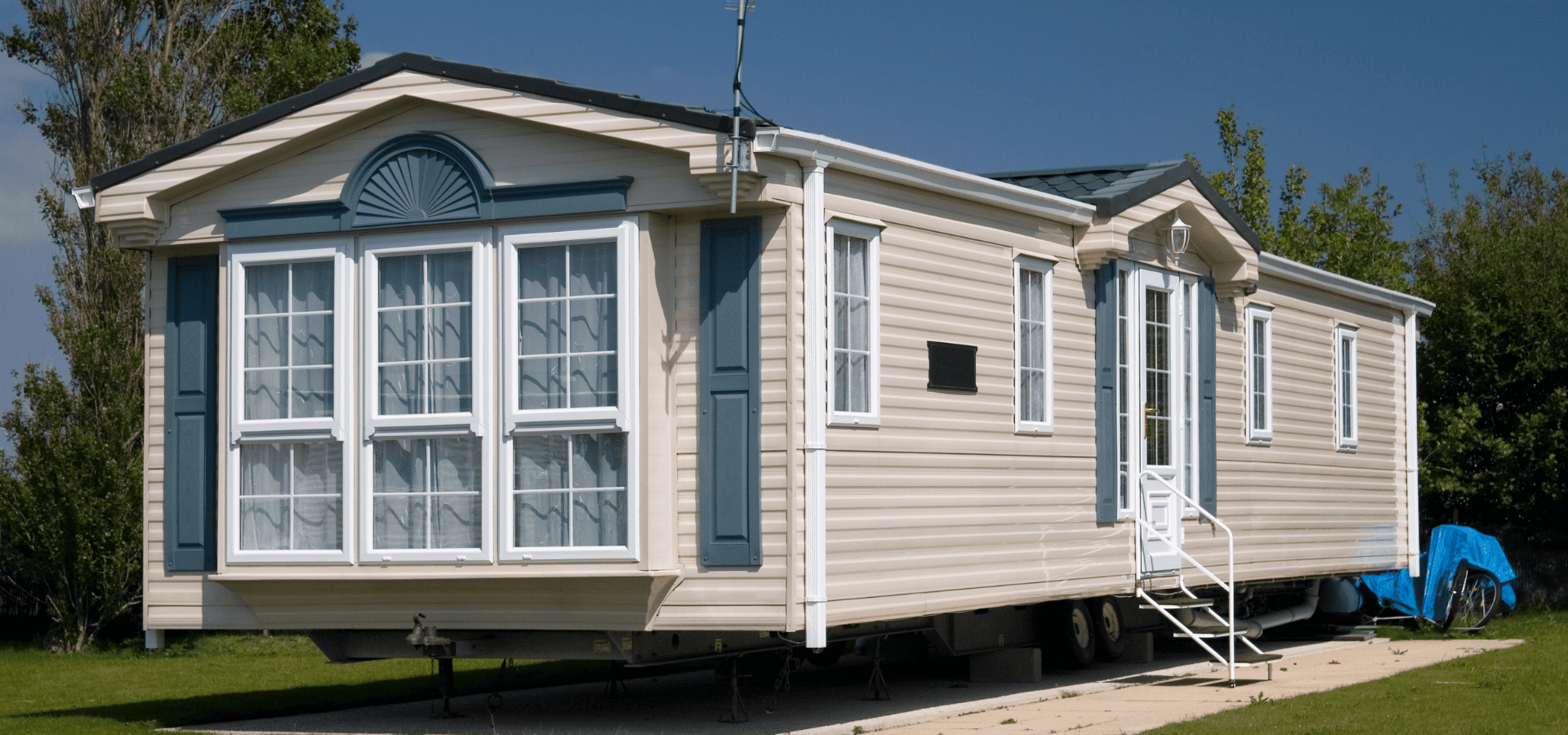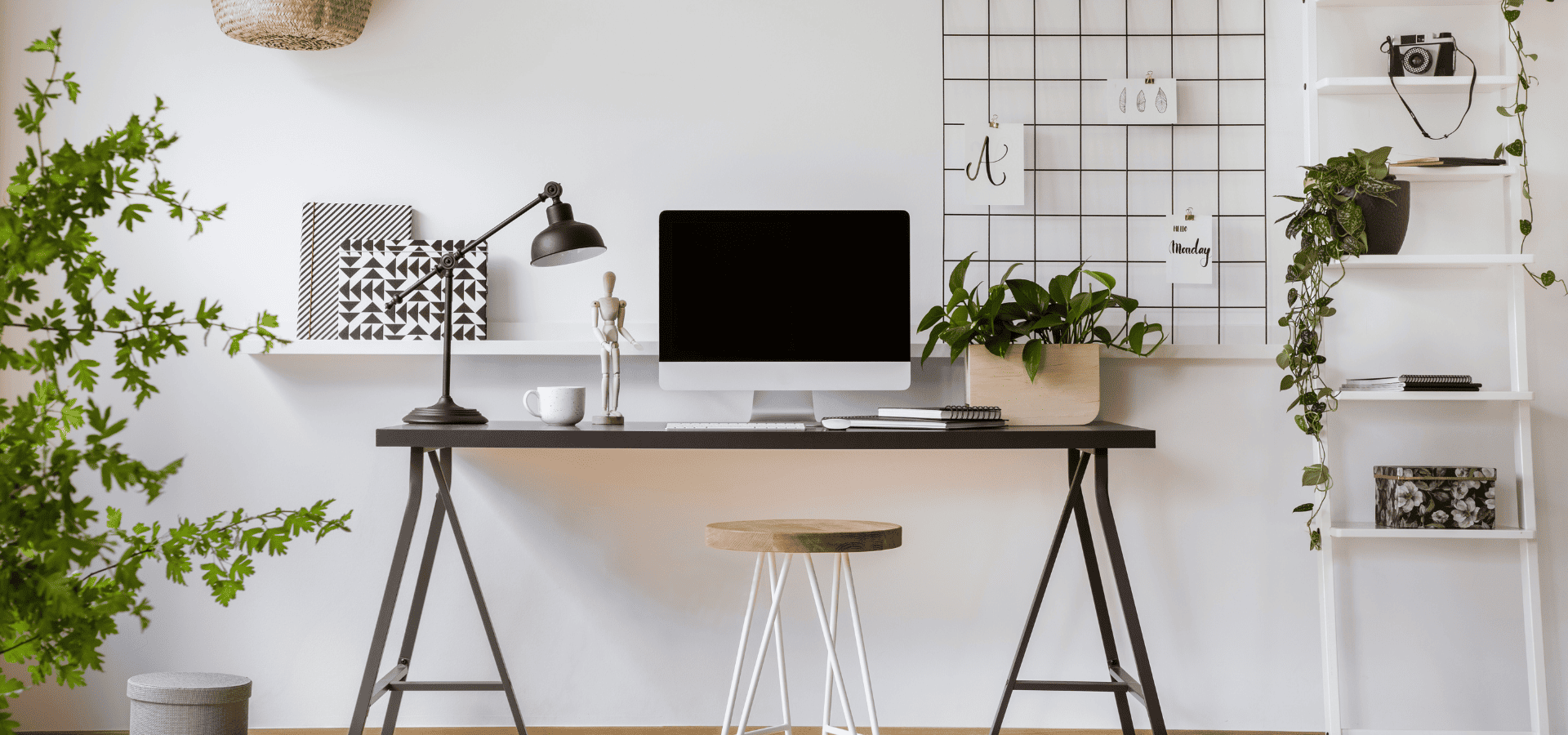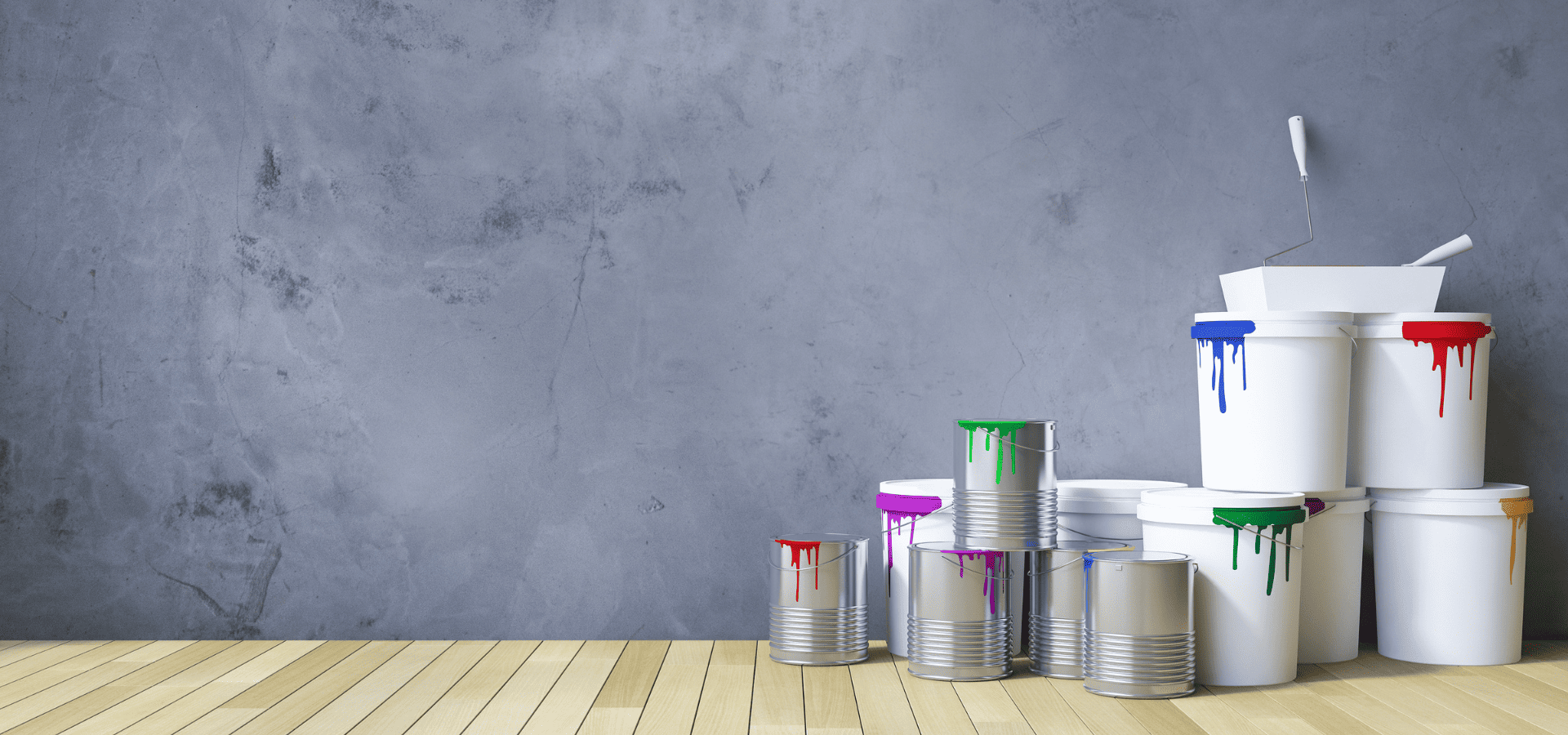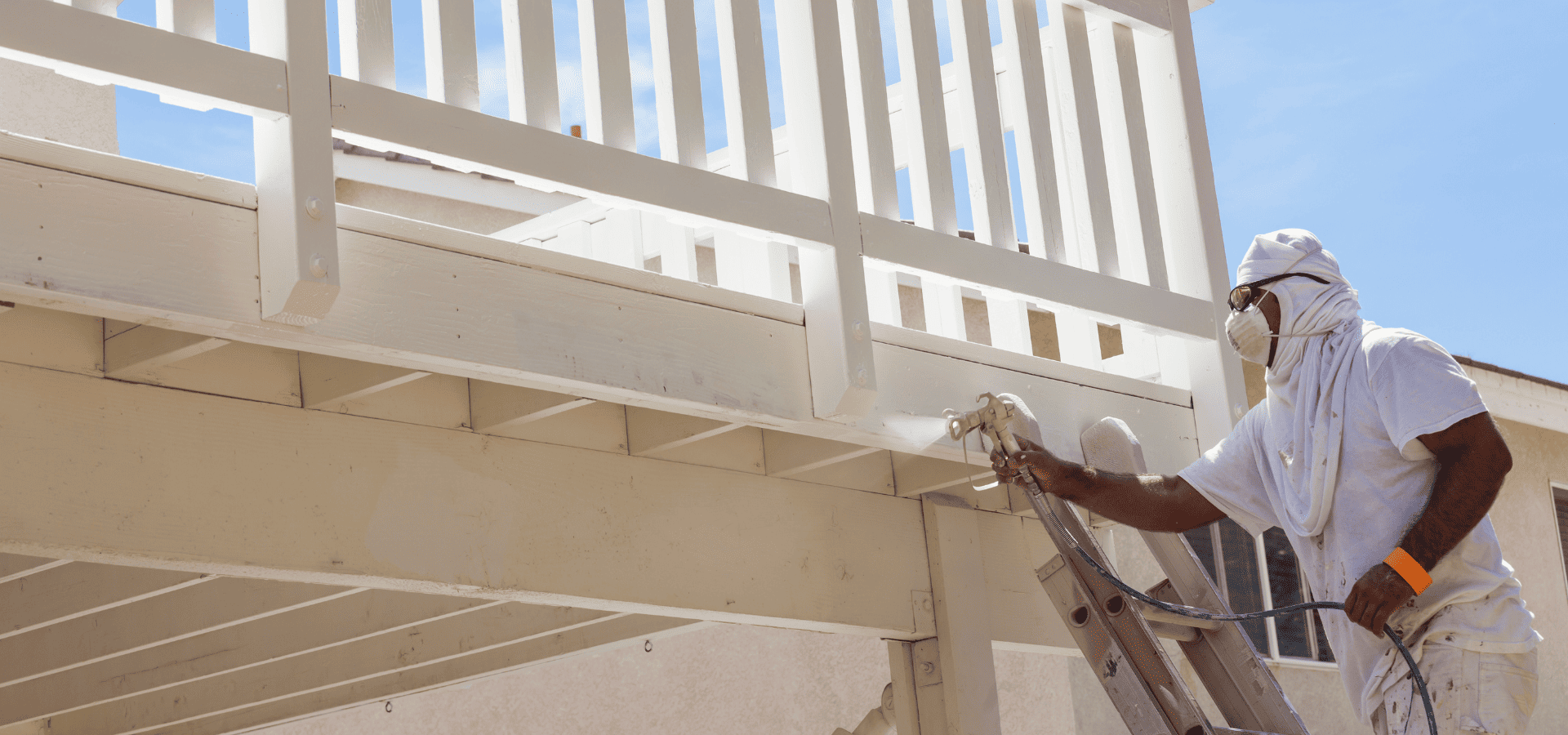Guide To Painting Maintenance In Raleigh

Your home’s exterior painting is one of the first things visitors see, and it's also the most noticeable element.
A good paint job can impress visitors and send a strong first impression, while a dirty and poorly maintained exterior ruins even the most well-designed homes.
It's not just aesthetics either. Your paint is the first line of defence against harsh elements like UV rays and moisture, and it protects your siding and the layers underneath.
That's why painting maintenance is of the utmost importance. It keeps your home looking its best, and more importantly, protects it from the sun, wind, and moisture.
In Raleigh, paint maintenance is even more crucial because of the humid summers, sudden storms, and tree density.
Humid summers mean higher risks of mold, mildew, moisture damage, and paint deterioration.
Sudden storms mean rain, dirt, and debris can be blown into your home before you have a chance to close your windows.
And lastly, Raleigh is aptly nicknamed the “City of Oaks” due to its abundance of mature oak trees that are large and provide ample shade.
This shade is normally nice to have, but it also means more falling leaves, twigs, as well as sap and pollen. All of these can damage or stain your paint.
The high density of trees also means more dampness, especially after storms. You'll also likely encounter more bird and squirrel droppings, which can stain and degrade your paint finish.
Painting maintenance is essential either way, but Raleigh’s conditions make wear and tear an even bigger issue, necessitating more frequent and thorough upkeep.
Don't let that scare you though. Painting maintenance is actually easier than it sounds.
All it takes is regular cleaning and timely touch-ups to keep expensive repairs at bay and extend your paint’s lifespan.
Not sure how to carry out those steps?
Well, that's what this guide is for!
Whether you're staying in a modern townhouse in North Hills or a historic bungalow at Oakwood, you'll find everything you need to ensure your paint and home stay healthy and look sharp all year-round.
Let's dive right in!
What Painting Maintenance Entails
You might be wondering what there is left to maintain once the paint has been applied. Is it coating? Or some kind of protectant or sealant?
The answer is neither.
Most of the time, paint maintenance is really just cleaning and inspection, and on the rare occasions when you do discover any issues, remedying them.
And then, once every 5-10 years, repaint the surface. Note that this can be longer or shorter depending on the type and quality of paint you use and the conditions of your region.
So as you can see, maintaining your paint job really isn't a super tedious task. The important thing is to do your cleaning and inspections regularly and thoroughly.
Now, let's dive deeper into how to actually carry out the cleaning, inspection, fixing issues, and repainting.
1. Cleaning Painted Surfaces In Raleigh
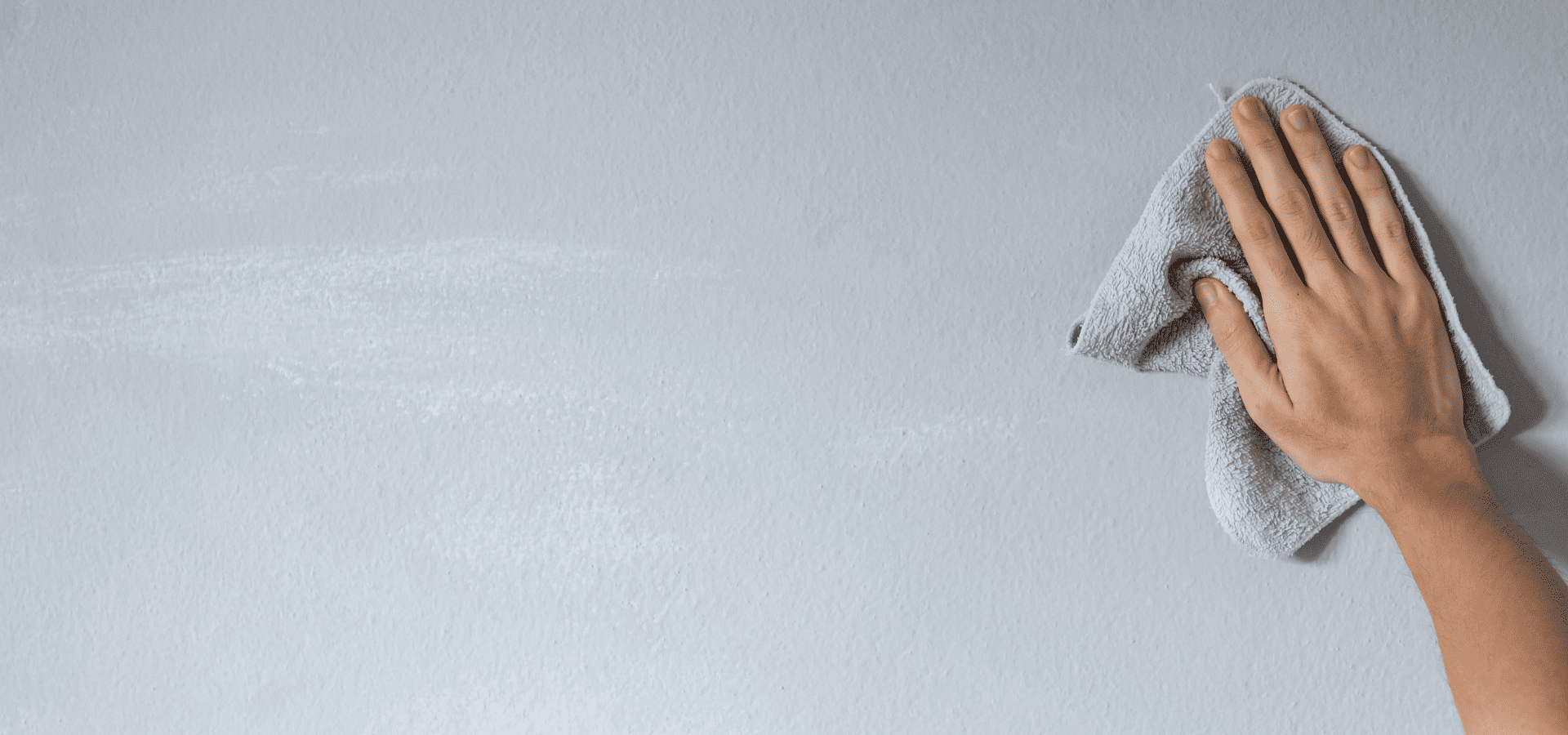
Before we get into the steps, you need to first know when to perform the cleaning.
When To Clean
Environmental conditions generally don't affect interior surfaces too much, so the frequency of cleaning interior surfaces for Raleigh is the same as that of in other cities.
- Low-traffic rooms: Dust 2-3 times/year. Wash only if you see stains or smudges.
- High-traffic areas: Dust monthly and wash every 3-4 months.
Adjust the frequency of dusting and washing accordingly. If a previously low-traffic room starts to see more action, eg more guests have been using your guest bedroom, you'll need to dust and wash more often.
Now, for your exterior surfaces, as we explained at the start, Raleigh’s humid summers and abundance of mature oak trees exert more stress on your paint.
To deal with this added stress, one of the key strategies is regular cleaning. You can't clean off the moisture from humid summers, but you can clean off sap and pollen that would otherwise have stained and possibly even damaged your paint.
Aim to clean exterior surfaces at least once a year, ideally twice. This may not sound like a lot, but don't forget that exterior paint is designed to weather the elements.
So even though the elements aren't friendly, your paint should be able to stand up to them well enough that you don't have to perform frequent maintenance.
Also, in other less demanding areas, people often only clean once every 1-3 years, so once or twice a year is considered more frequent, and will suffice for Raleigh's conditions.
As for exactly when, the best time is after heavy pollen season, which will be late spring or early summer.
For the second cleaning, assuming you are being diligent and will do a second round of cleaning, it can be about 6 months after this first round of cleaning.
How To Clean Thoroughly
Step 1: Dusting
Begin by dusting away the easier and less stubborn dirt, dust, cobwebs, and debris with a microfiber cloth or dry mop.
You'll want to use a microfiber cloth or mop as they're better at trapping dust, and they're also gentler, so there's less risk of scratching your paint finish.
Step 2: Light Washing
The next step is the actual washing.
This step is quite straightforward. Just mix warm water with a few drops of dish soap, and then wipe your surface with a soft sponge.
Then, rinse off the remaining solution with water.
Again, make sure you use a soft sponge so as not to damage your paint finish.
Most of the time, this round of soft cleaning will suffice to wash off any remaining stains, dirt, and debris.
The only time when you’ll need more thorough cleaning is if there are more stubborn stains like grease, pollen residue, or mold or mildew.
Step 3: Spot Cleaning (If Necessary)
For more stubborn stains, greasy spots, or pollen residue, here’s how to clean them off.
For greasy spots, dish soap works pretty well. After all, it cleans grease off your dinnerware.
For stubborn stains, apply baking soda paste onto the stubborn stain and gently rub it in with a soft cloth or sponge in circular motions.
Give it 5-10 minutes, then wipe away the paste with a damp cloth or sponge, and finish by rinsing the spot with water to clean away the remaining baking soda residue
To make baking soda paste, simply mix a 1/4 cup of baking soda with a few teaspoons of water, and stir till you get a very thick paste. The paste should feel as thick as toothpaste, and should be thick enough to stick to surfaces without dripping.
Before applying the baking soda, make sure to do a spot test. A spot test basically means applying the substance to a small area where discoloration won’t be noticeable, eg the corners, then letting it sit for a few minutes to see if it causes discoloration, peeling, or any other kind of distress to the paint.
Lastly, for pollen residue, in most cases, light washing should be enough to clean most of it off.
But for slightly stronger residue, all you need is to use a soft brush to brush it off, or use a garden hose to gently rinse it.
Step 4: Mold And Mildew Cleaning (If Necessary)
Raleigh’s humid climate makes it easier for mold and mildew to grow.
The good news is, all it takes is a simple clean with the right solution to get rid of them.
To create this solution, simply mix 1 part bleach with 3 parts water.
Then, once again, use a soft brush or sponge to scrub the surface.
2. Inspecting Painted Surfaces
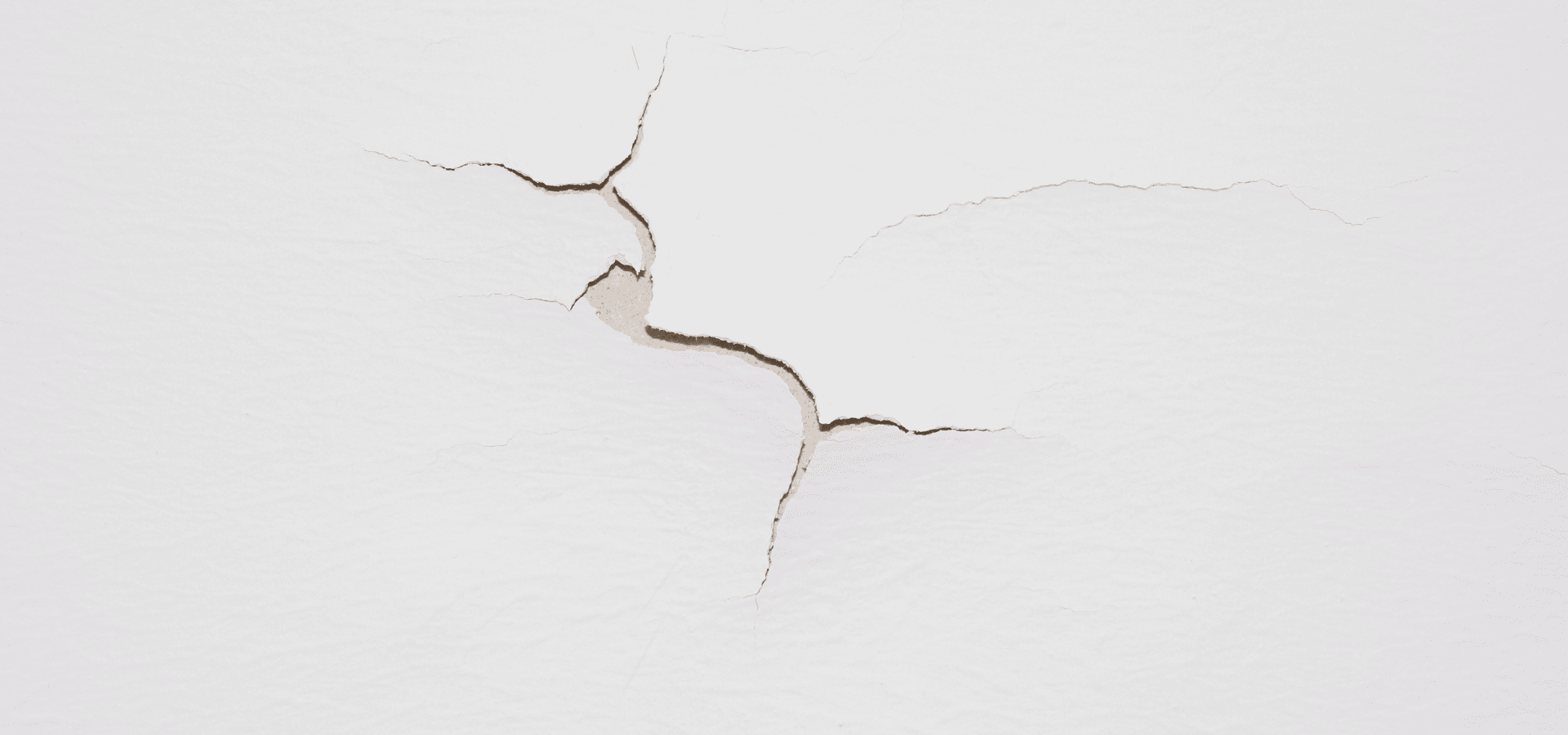
Moving on to inspections, inspections are pretty straightforward.
It’s standard practice to inspect both interior and exterior painted surfaces twice a year.
This is best done during late spring and fall. Late spring is just after heavy pollen season, so you'll want to look out for any damage caused by pollen. Fall is just before winter, so you'll want to inspect and fix any damages before the harsh winter arrives.
During your inspections, look out for:
- Peeling or flaking paint
- Cracks (including hairline cracks)
- Fading, discoloration, or chalking
- Moisture stains
- Mold and mildew
Make sure to be thorough, and be especially meticulous around the joints and edges, as those are common spots for moisture and cracks.
For wooden surfaces, a moisture meter can help you detect hidden moisture underneath. Other than that, your eyes will be all you need.
And for higher areas like the second level of your exterior walls, you may need a pair of binoculars if you don't want to have to climb up a ladder.
That's all for inspections. It really is a relatively straightforward task. Just make sure to be diligent and meticulous when you're conducting your inspections.
Hopefully, your inspections don't yield any fruitful results. But if you do discover any issues, read on to the next section to learn how to remedy them.
3. Fixing Issues
We won't be covering how to deal with mold and mildew since we already went over how to clean them. But for the rest of the issues, here's how to deal with them.
Peeling
For light peeling, all you need to do is sand the edges around the peeling to smooth them out, primer the bare spots, and then touch up with matching paint.
For severe peeling, you're pretty much going to have to repaint the whole area. So scrape off the loose paint, sand the area, apply primer, then repaint.
Cracks
First off, note that for any sort of larger damage to your drywall, whether it's a hole or a larger crack, you're going to need to enlist the help of a trained professional.
Drywall repair is a deceptively tricky undertaking that, when attempted by untrained homeowners, often results in an even uglier sight than the original damage.
Unless it's a very small crack or hole, don't bother trying to fix it on your own. Leave it to the professionals.
If it's not drywall though, you can fix small cracks quite easily. Fill the cracks with lightweight spackle or joint compound, sand, apply primer, and then touch up with paint.
For larger cracks, put joint tape over the crack first, then spread the joint compound over the tape with a putty knife.
Joint tape will allow joint compound to pass through, so the joint compound will fill up the crack underneath.
Let this first layer of joint compound dry, then apply 2-3 more thin layers, feathering each layer wider so that the end result seamlessly blends with the rest of the wall.
If it's wood, instead of spackle or joint compound, use caulk or wood filler instead. The rest of the steps are the same.
Fading, Discoloration, Or Chalking
For fading or discoloration, for small areas, touch up. For larger areas, repaint.
For chalking, repainting is also necessary, but with one additional step before that. You'll need to wash the surface with a mild detergent or trisodium phosphate (TSP) solution first to clean away the chalk, or your new paint won't adhere properly.
Moisture Stains
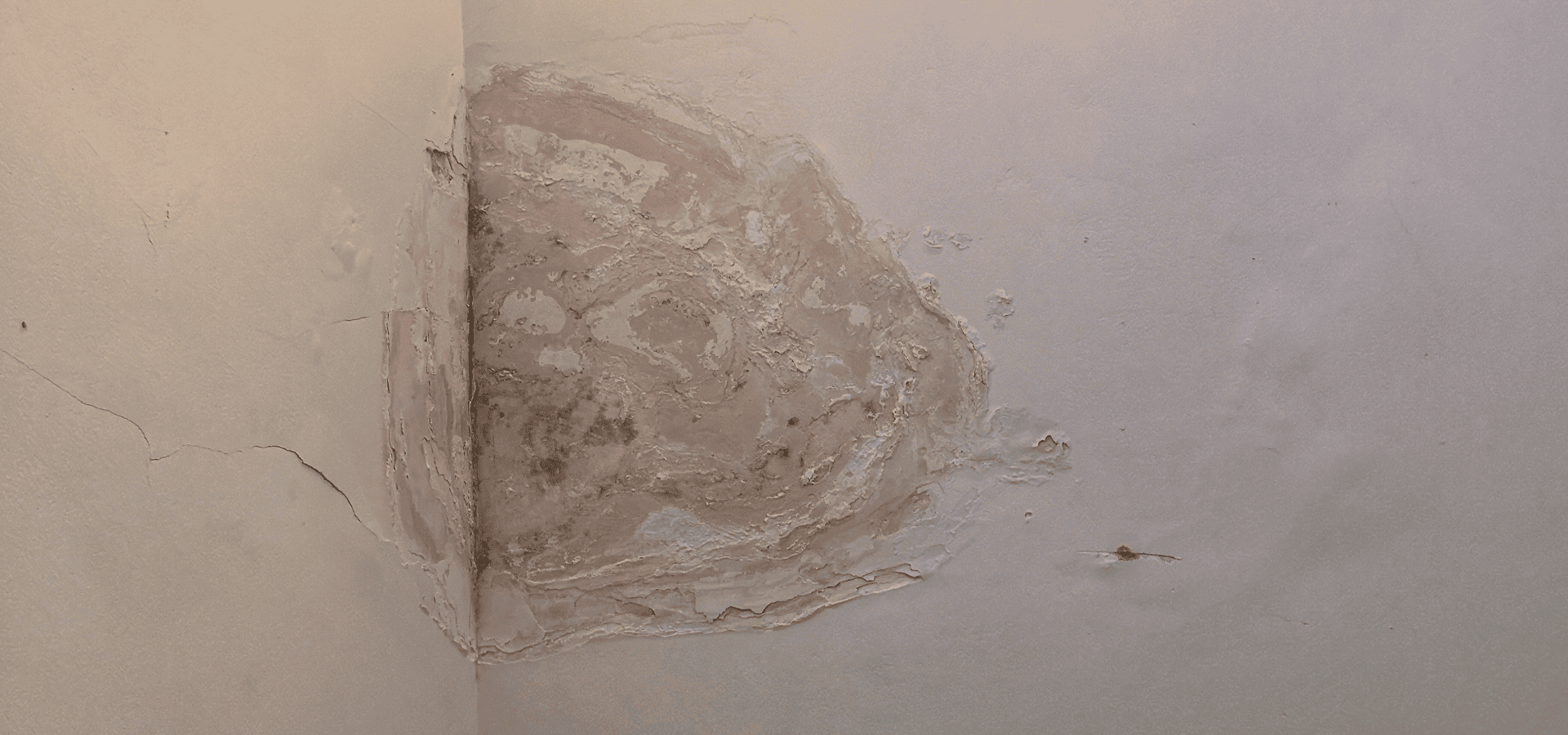
Moisture stains are usually caused by some kind of water source, eg a roof leak or plumbing issue, so identify that and fix it first before you begin to remove the moisture stains, or they'll simply keep coming back.
Once that’s resolved, give the surface a light wash to clean off surface contaminants before repainting.
From here, simply prime the surface using a stain-blocking primer so that the stain doesn’t bleed through to fresh paint, and then repaint.
Conclusion: Keeping Painted Surfaces In Good Shape Year-Round In Raleigh, NC
Raleigh’s conditions may be more taxing on your painted surfaces, but all it takes is slightly more frequent and thorough maintenance to keep them in tip-top condition.
The fact is, paint maintenance won’t take up too much time or effort in most cases, because it’s mostly going to consist of cleaning and inspections.
It’s when you start falling behind or slacking off on your maintenance that small issues snowball into larger ones, which take more effort and cost more to deal with. So don’t make life harder for yourself.
Do your cleaning and inspections regularly, and you’ll almost always be able to identify small issues and fix them early on.
If even that feels like too much of a chore, you can also engage a
house painter to do your maintenance for you. Some even offer maintenance packages, so you purchase a few cleanings and inspections at once for a lower average cost for each round of maintenance. Repairs and fixing issues are then separately paid for as needed.
Recent Posts
